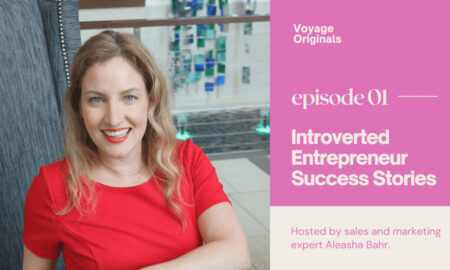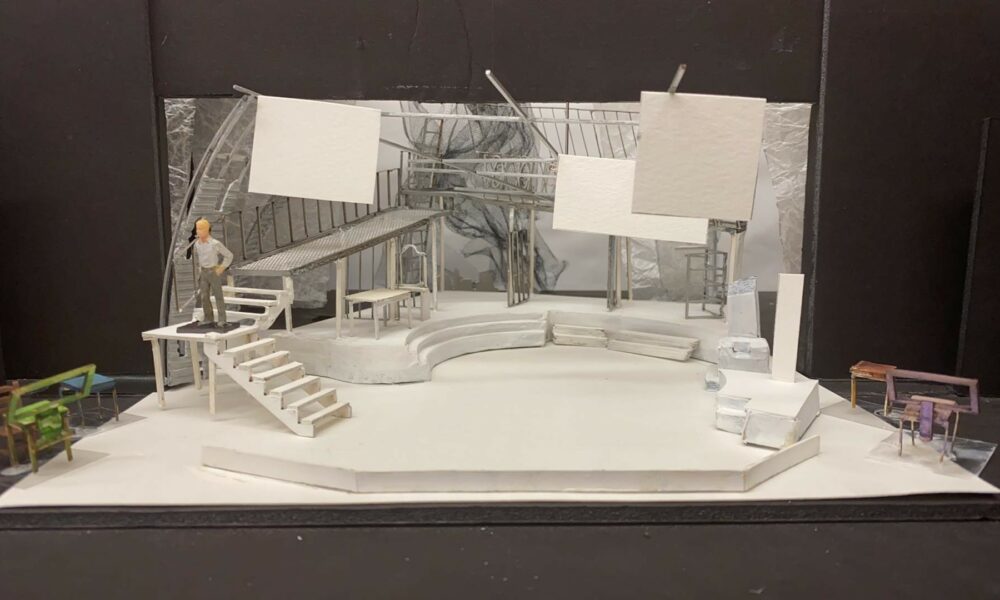

Today we’d like to introduce you to Karen Arredondo.
Alright, thank you for sharing your story and insight with our readers. To kick things off, how did you get started?
I grew up never fully being able to express myself in a singular way. My story relates to my family. While growing up, my grandmother was a singer, born to be onstage, but never allowed to pursue her dream. My grandfather was a painter, my mother (before she had us), aunt, and several others. My father is a mechanic now retired. I grew up doing and working with my hands creating things. I can’t sit still for all that long, from sewing projects as a child, like making my clothes, to drawing and painting. Summers belonged to the family. I used to spend much of my time at my dad’s shop, helping him take things apart and put them back together. He was a draftsperson in his early days and always encouraged me to become an architect or engineer. I was smart enough, he would say. I went to private school most of my life but never was able to pursue the arts as these institutions were college prep campuses. Halfway through high school, I found myself falling into depression. My mom tried different things, but in the end, we decided to move to a new place and embrace the extracurriculars public school offered. I fell into theatre and architecture while I was there. Once I realized I had a good eye for design, I found friends and joy in working for theatre. It was a chaotic stress I thrived on.
I graduated in the top 10% of my class, hoping to attend architecture school, but I didn’t get into the school at first. It was a super competitive program and, honestly, placed little focused time and effort into the application process. Attending a community college would be the best thing. I could get free schooling since my dad worked for the district. There, I found that I could make a living doing theatre, and there were aspects of theatre that allowed me to work in similar ways to architects. I went on to study Set Design for the stage. I wanted, and still want to create a theatre company that celebrates the voices and shares stories of the disenfranchised and underserved. I want to take theatre to people who would otherwise never step foot in a theatre.
I worked my way up in the college system as a staff person as far as I could outside of teaching because I didn’t have a degree. I pursued graduate degrees in education and counseling at a local institution but didn’t complete them, but the knowledge and skills I gained from these programs have helped in my work. I did decide to go back one more time to school. This time in Memphis, Tennessee, to get my MFA in theatre, as I realized it was always a passion. The work goes with a lot of sacrifices. I found myself burned out. The pandemic, of course, didn’t help, and I struggled for the first year post-Covid/post-graduation. I did some real soul-searching. I had landed a pretty amazing job with one of the major theatre companies in town, I also worked as a freelance artist for a few smaller theatres, and even though this is what I thought I was supposed to do, I wasn’t happy. I needed a big change.
One of my dreams, when I was in my early 20s, was to open a wellness center dedicated to the arts that could help my community heal from the things that broke them. I wanted to provide a space for mental health resources, classes, workshops, and other opportunities. I had floor plans, business plans, and everything. I even had the list of artists (at the time) that I would want to help with this project. Fate has led me closer to achieving this dream. I have found a job working in a wellness center here in town that isn’t clinical. People come to engage in activities and work side-by-side with staff to heal. It has been a dream come true. I have not only been able to help others, but I have also been able to work on the things that have been affecting me.
At this time, as it is a traditional work schedule, I have so much more time. I picked up writing poetry and am working on publishing my first manuscript, with meetings happening this week. It’s all surreal when I think the steps have led me toward the bigger things I have always dreamt of. I am super fortunate.
Can you talk to us about the challenges and lessons you’ve learned along the way? Would you say it’s been easy or smooth in retrospect?
Burnout can be a long-lasting condition from going nonstop. The hardest part of doing theatre work was my tendency to burn out quickly and early. It was like my body would just shut down for some time. I had no say in the matter. It was hard because the industry mostly doesn’t allow for downtime, and there needs to be more support in most cases, so I jumped around a lot. And as much as I love this city. More is needed to support the performing arts and artists who produce work that enriches the culture. I go back and forth about returning to theatre fully once and a while.
Please tell our readers more about what you do and what you think sets you apart from others.
It used to be I was in a place where I could afford to work and then do theatre for the sake of doing theatre. As a set designer, I got creative in working with limited resources and creating something out of nothing. I specialized in interactive sets that surrounded the audiences, working for spaces like Classic Theatre or The Overtime. Still, more than the design work, the San Antonio theatre scene mostly knew me as a painter. I did many shows between graduation, work, and returning to school in a few years. I no longer have to interview for jobs in theatre; most times, I’m called up or sought out. That’s a pretty cool feeling. Regarding projects, my days working at the Bluestar Complex with theatre companies, Jump-Start, The Overtime, and Classic Theatre, showcased my best work. Some of the best memories came from that time and shortly after when I left with the Overtime Theatre to their space that was once by the Pearl Brewery.
It helps to be pretty easygoing. Some of the best artists I know work well with others and are open to collaboration. Taking ideas of the collective and running with something is far more interesting than singular ideas. I’m also really into the process of creating it. If I can teach someone something I know, I’m excited about it. It’s a lot of work to be a designer, and it doesn’t pay. Because I stuck it out, it sets me apart from many others since most of the designers I know either left or took on teaching gigs, limiting my abilities to take on outside jobs.
Where do you see things going in the next 5-10 years?
I want to think things are moving in the right direction, but I’m honestly not sure. The Pandemic hurt my industry. But new and exciting things are happening for those stuck with the work here in SA. Lots of leadership changes, new companies, new artists, and shifts in who was working more frequently to allow new faces are creating new and better experiences for audiences. How can we continue to reach audiences that traditionally don’t use my medium in the culture as much as other means of performance art?
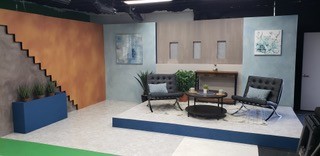
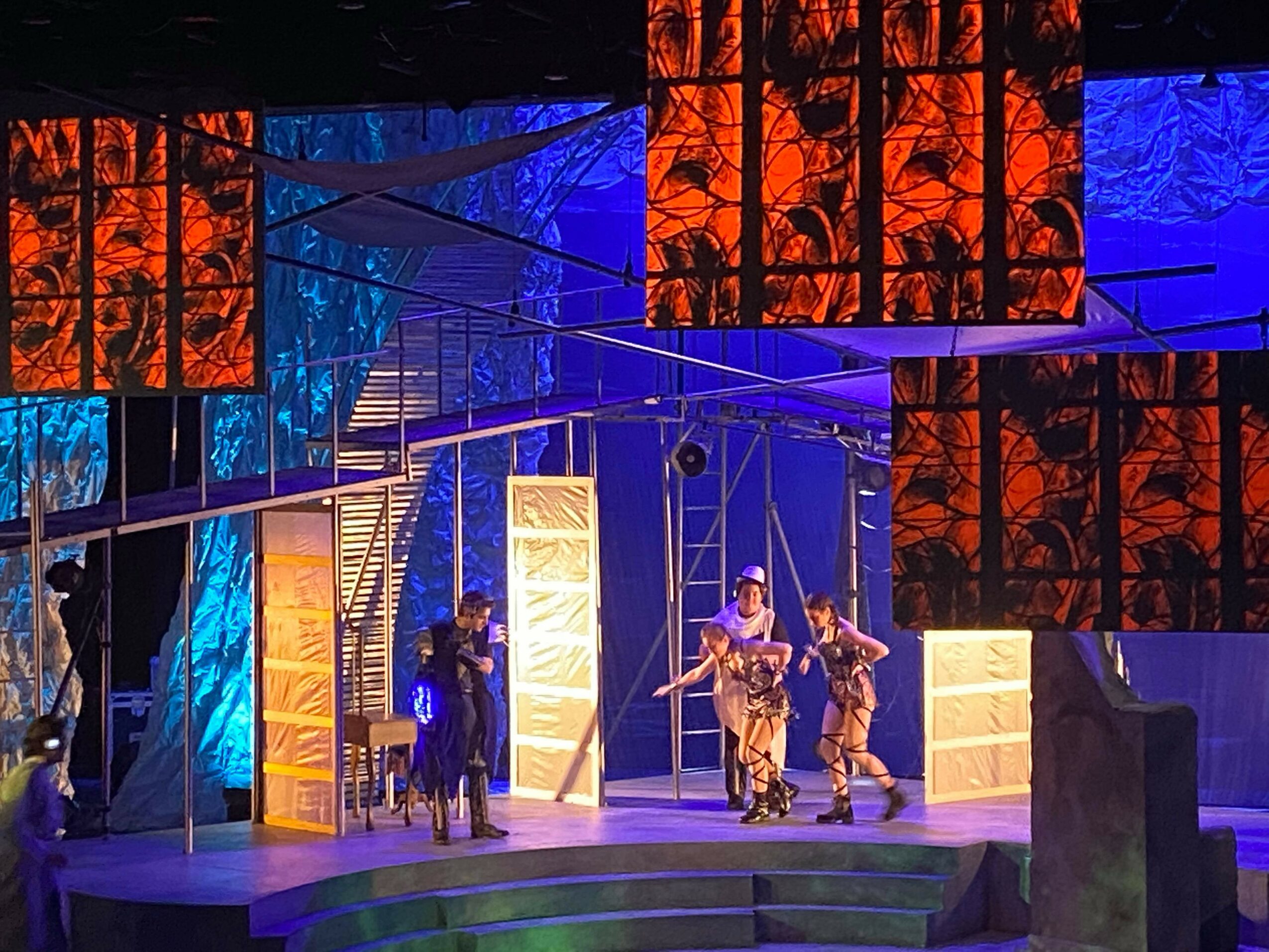
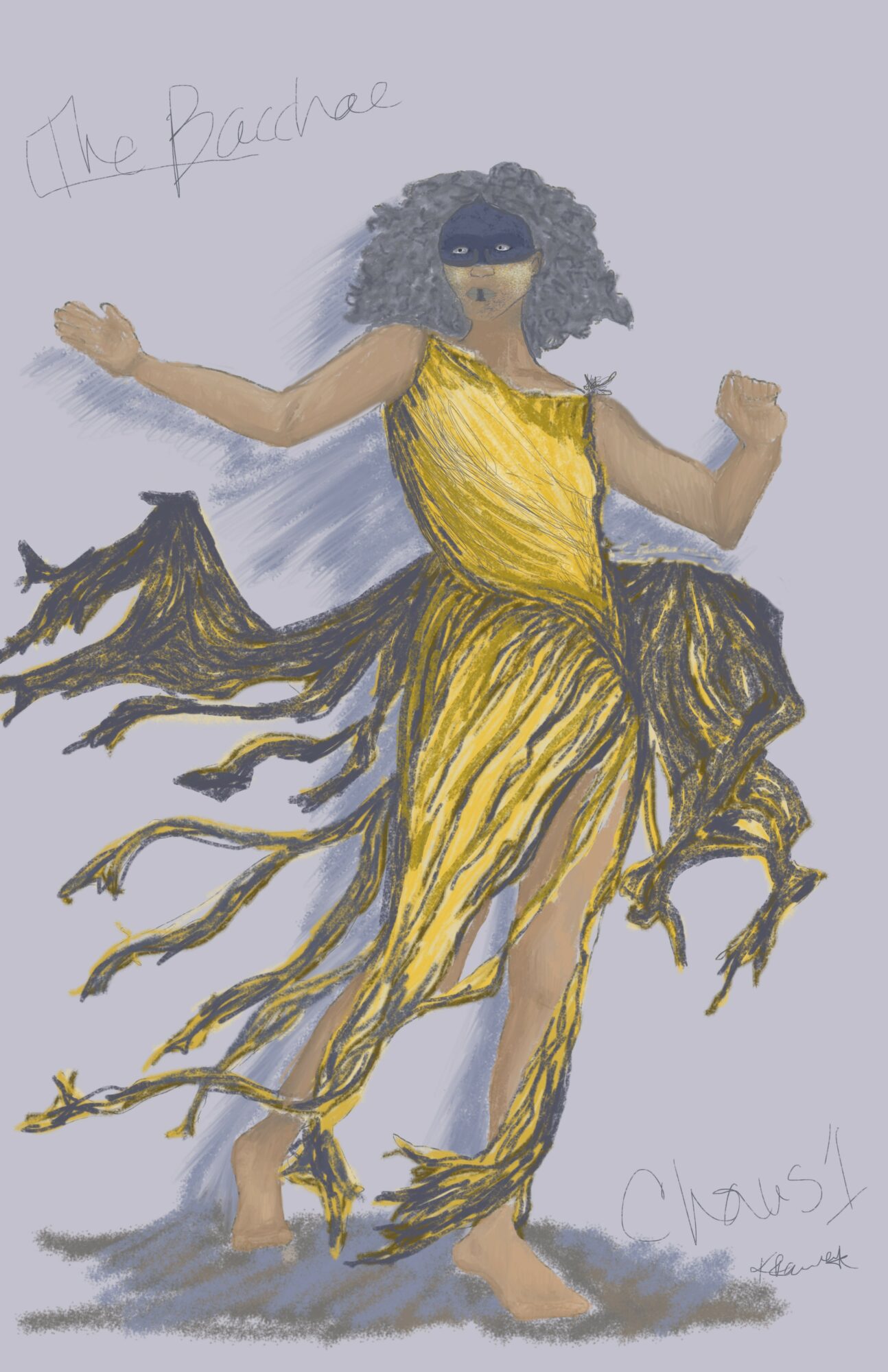
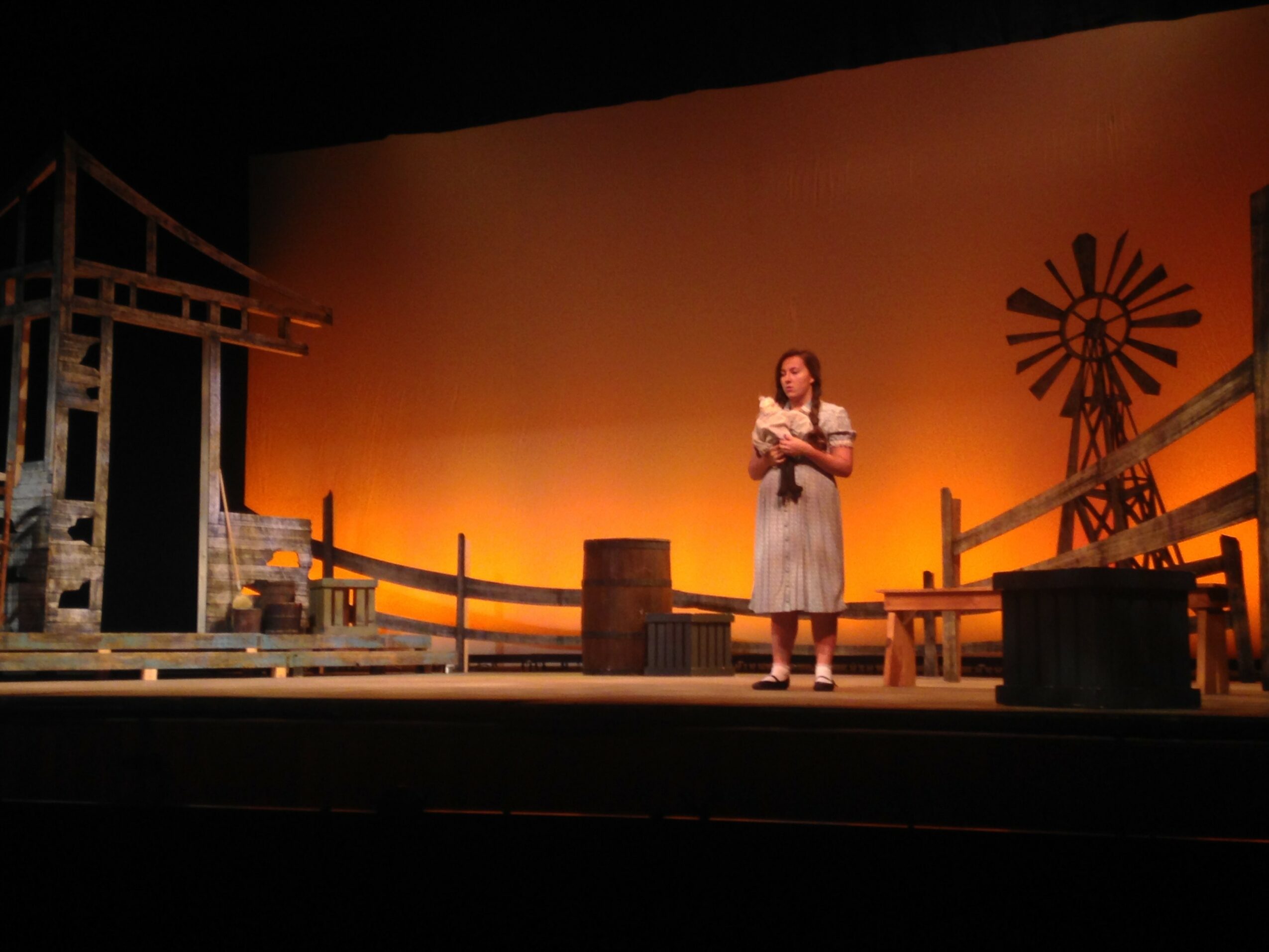
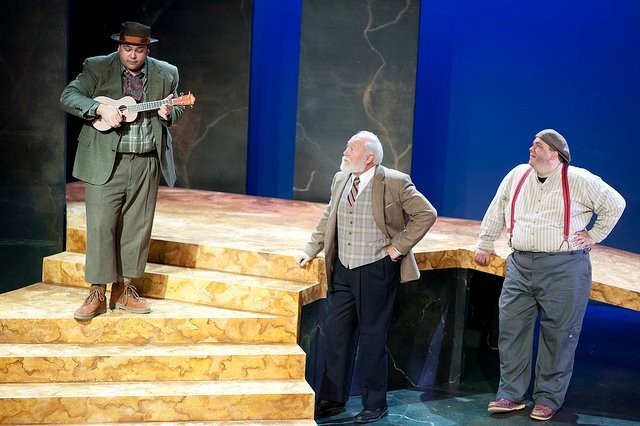
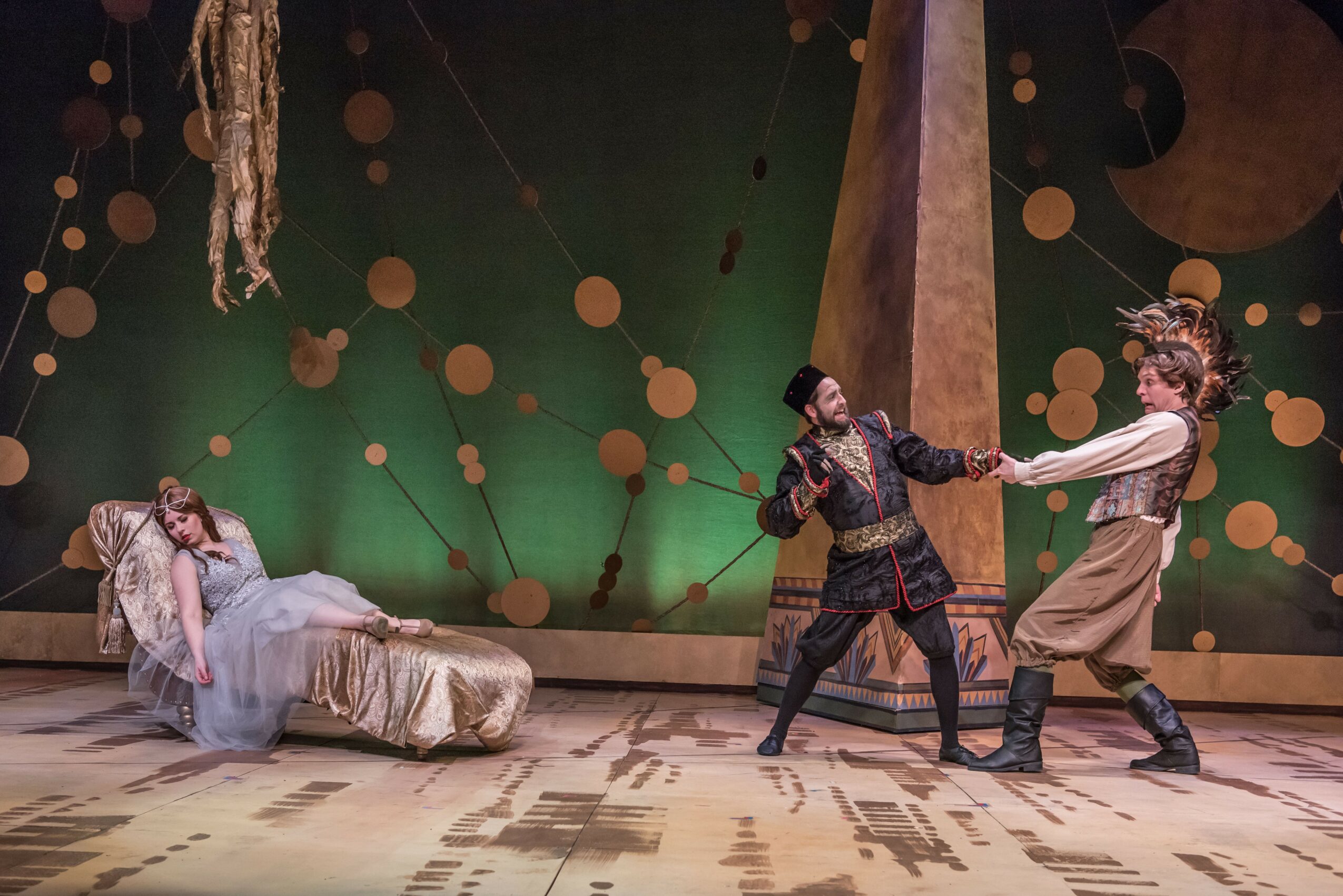
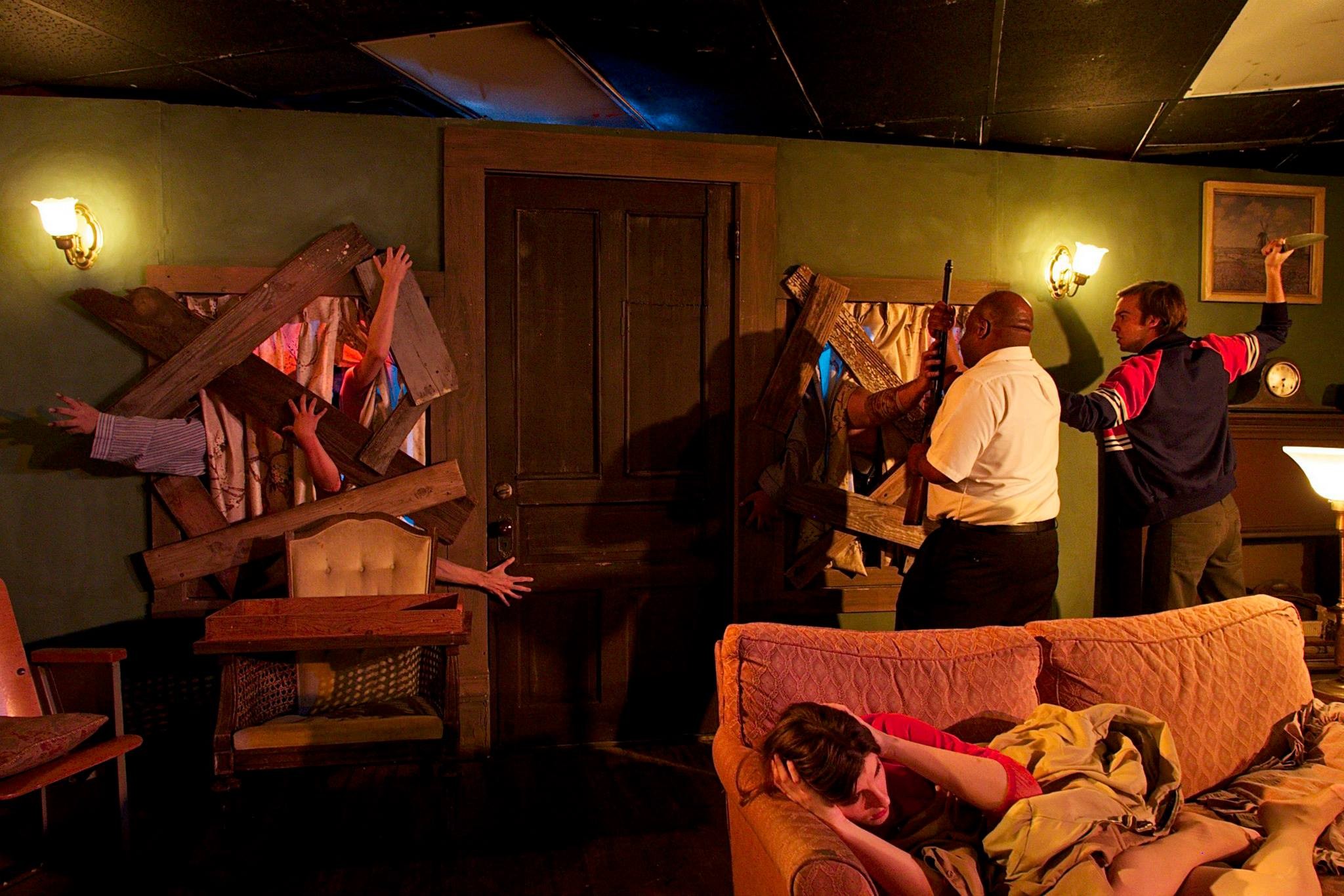
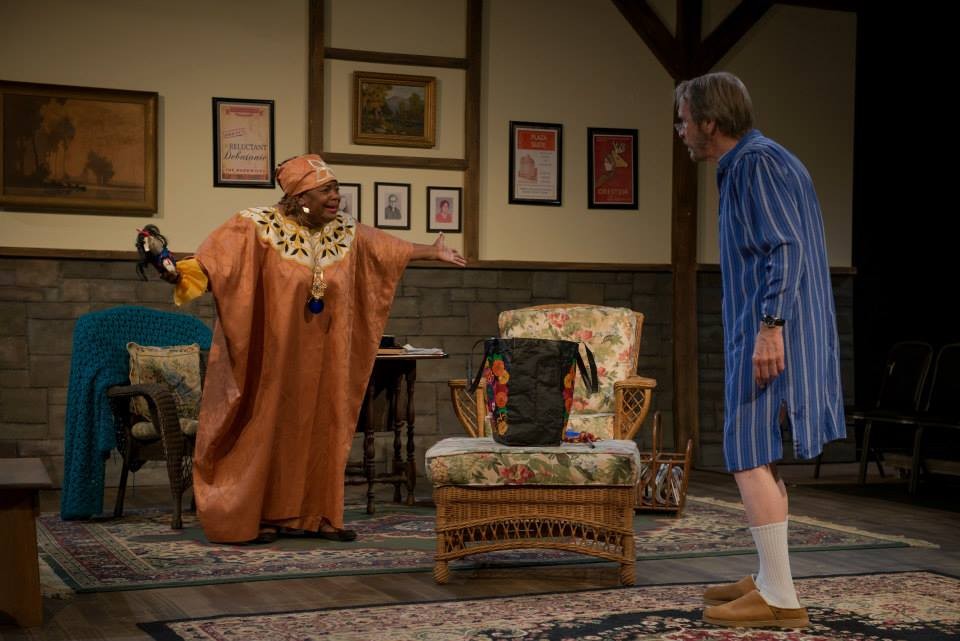
Image Credits
From top left to top right, going down
1. Classic Theatre. King Lear. Set Design by Lucy Pope. Scenic Art by Karen Arredondo. Photo by Siggi Ragnar
2. Bauhaus Media Group. Anthem/Amerigroup Commerical
3. Overtime Theatre. Night of the Living Dead. Set design by Karen Arredondo
4. Bacchae Rendering- Design by Karen Arredondo
5. The University of Memphis Department of Music. The Magic Flute. Set Design by Karen Arredondo
6. The University of Memphis Department of Theatre. Hamlet. Fall of the Sparrow. Set Design by Karen Arredondo
7. Classic Theatre. Vonya, Sonya Masha, and Spike. Set Design by Karen Arredondo. Photo by Siggi Ragnar
8. The University of Memphis Department of Music. The Tender Land. Set Design by Karen Arredondo



